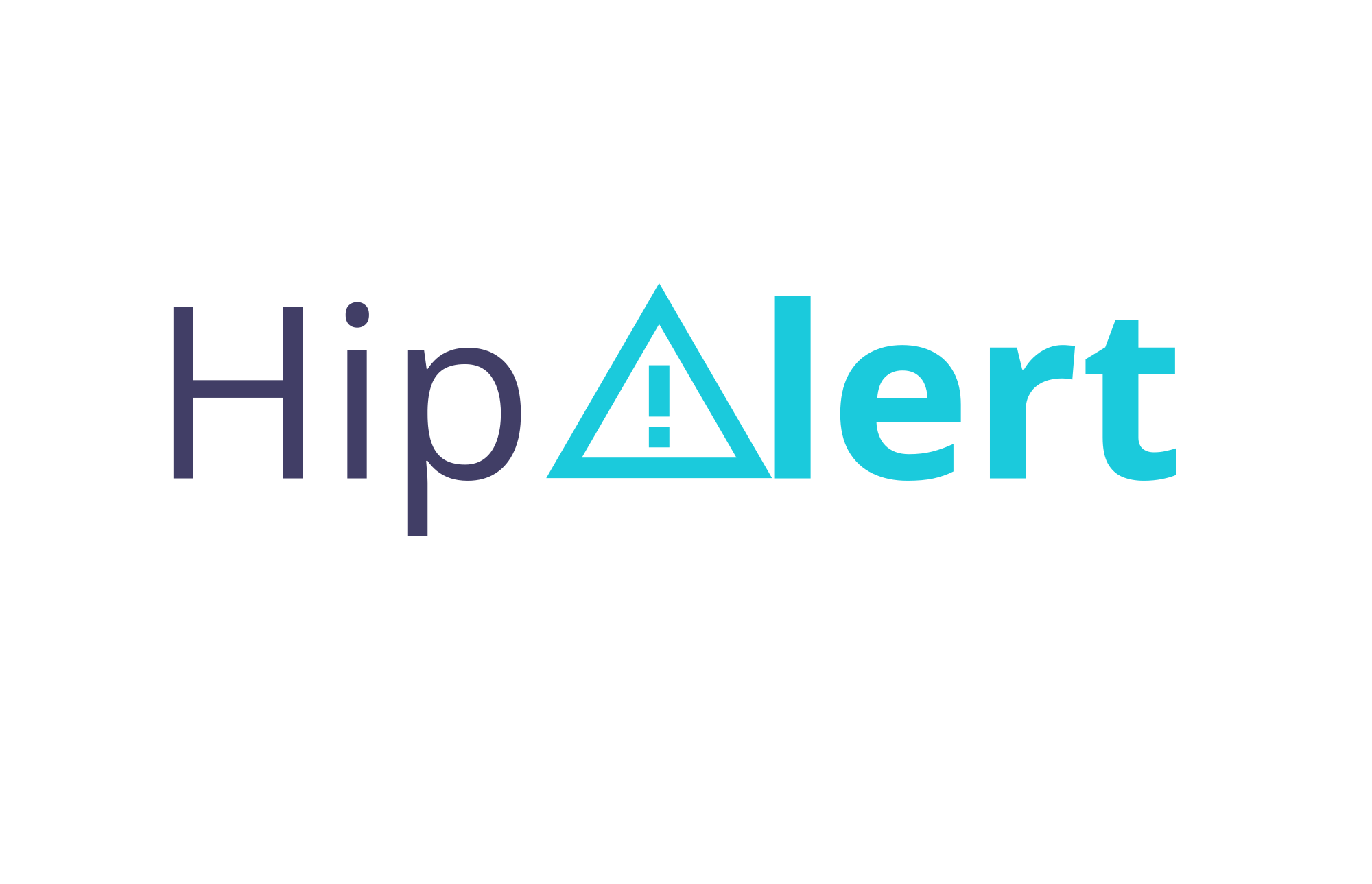Monitoring and alerting with HipAlert


TL;DR: Use HipAlert as a simple, extensible monitoring and alerting solution. Get started here.
With cloud providers and cheap servers, operating and maintaining software has become more accessible than ever. But even then, applications are not perfect. Sometimes they crash or become unavailable.
The last thing you want is to be surprised by it. Few things are more embarrassing than clients calling you about a system outage and you not knowing about it.
Traditional monitoring and alerting tools can be overblown for simple use cases
At HipSquare, we traditionally use a mix of Monit, an ELK stack and cloud services like Freshping for monitoring and alerting. With each of these, you can define services to be monitored (e.g. by checking HTTP responses or processes running on machines) and define alerts to be sent when a service is down.
Each of the solutions is great in its own way, but each has flaws for our use case. We normally build web applications and want a simple, flexible monitoring solution that doesn't require much knowledge or time to configure.
Setting up and running an ELK stack is complicated and adds an entire new layer of applications that can fail. Configuring Monit correctly can be a challenge with its DSL. And Freshping is a third-party cloud service that you cannot just host yourself.
HipAlert is a simple, yet extensible solution
That's why we developed HipAlert for our own monitoring and alerting needs. HipAlert allows you to write a configuration in a YAML file. The configuration can contain checks (to check for certain conditions) and alerts (to send out alerts and resolution messages).
We have some ready-made checks for HTTP services and file system checks. We also bring support for email and Pushover alerts out of the box. If you are missing something, you can easily implement your own checks and alerts though (see our extension guide).
HipAlert also brings a small web frontend where you can see the status of all your checks with one glance:

Get started in less than 5 minutes
To have HipAlert running checks and sending alerts in less than five minutes, take a walk through the quick start guide.
